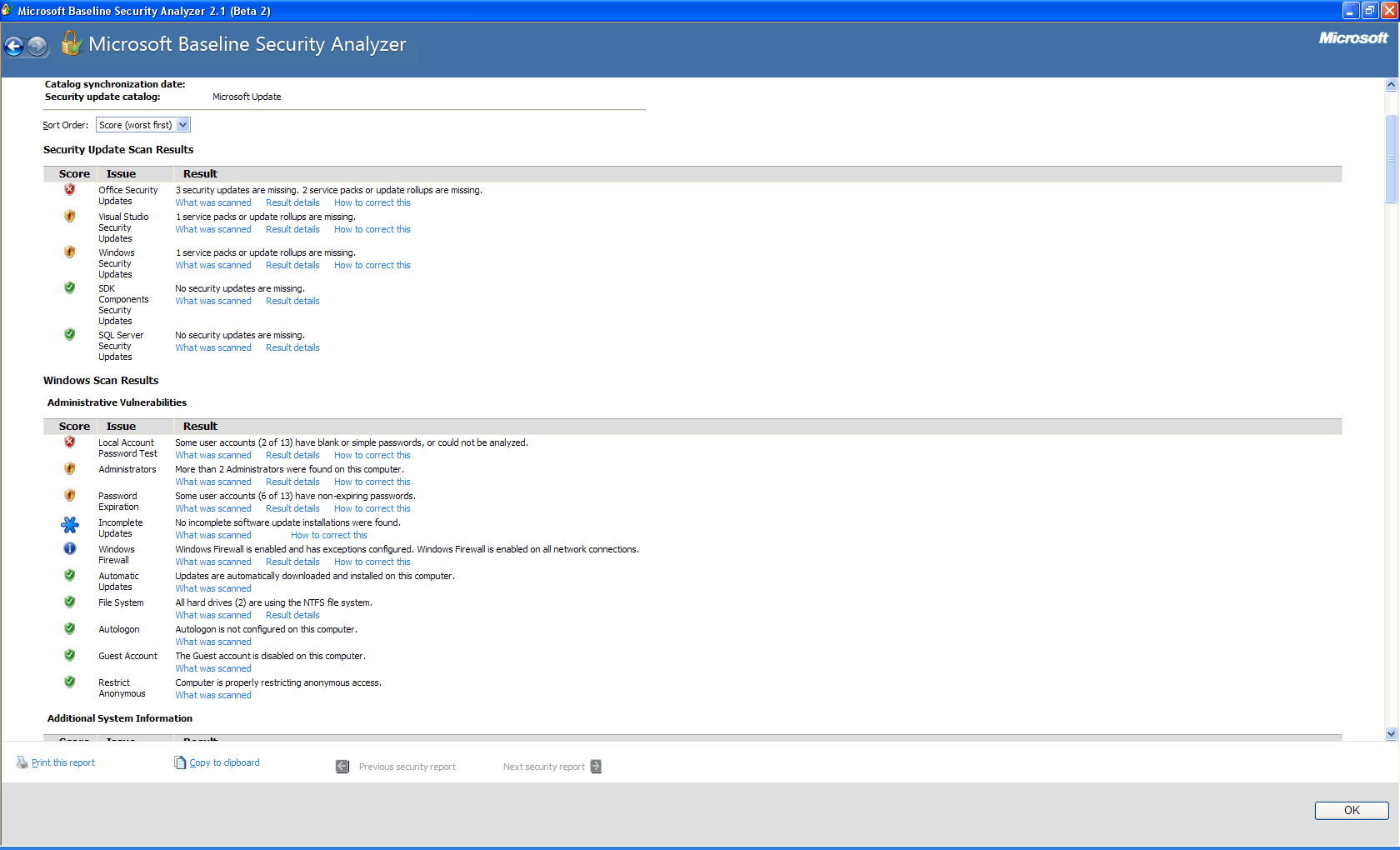



One way, of course, is to have the point of authority determine this for you. How do you determine which patches are available, and what subset of those are necessary or critical? Step 3: Identify how the list of available patches is determined For example, a workstation that is patched and gives no response often means that it has passed all tests, whereas a “no response” response from an app could mean trouble. Remember, though, that apps and devices are different, and have different testing functionality, than workstation packages. If not, talk to us.) It should also include a separate list of applications that will need regular patching. (Hopefully, these have already been identified as part of your overall Unified Endpoint Management strategy. At the very least, this will include which workstations, servers, and devices will need patching, both on-premise and out-of-office. This next step seems simple but is crucial: Identify the list of things that need patching. Understanding your requirements and business/compliance tolerance is important. Does compliance pertain to critical updates only? All available updates? Important updates? Office updates? These options need to be thought through.Īnother common metric is speed of patch deployment once a patch is available (for example, knowing which servers have patches that are non-compliant over 60 days since release). You may measure success, then, by the percentage of machines that are in compliance… once you have a clear definition of what compliance means. (I discuss many of those here.) It helps to know exactly which reasons are driving your patch management strategy, and how you will measure whether those goals have been successfully met when going down your patch management checklist.įor example, many industries-like legal services and financial services-have heavy requirements when it comes to compliance. There are a lot of reasons to keep up with the latest patches in a systematic way. 4 Step 4: Start thinking through deployment rules.3 Step 3: Identify how the list of available patches is determined.1 Step 1: Define goals and success metrics.


 0 kommentar(er)
0 kommentar(er)
